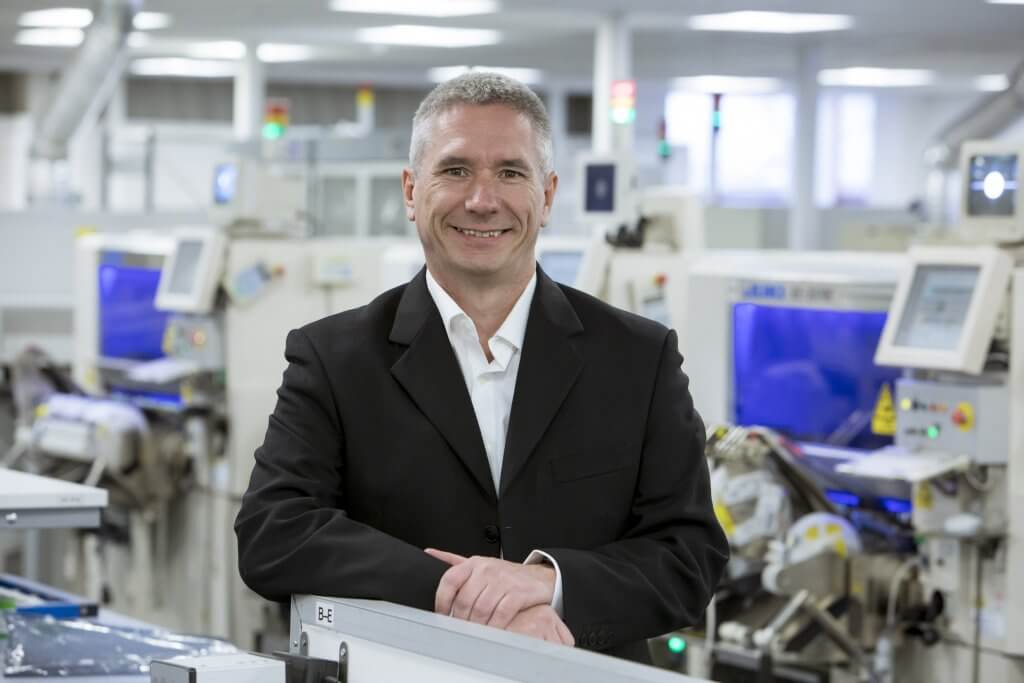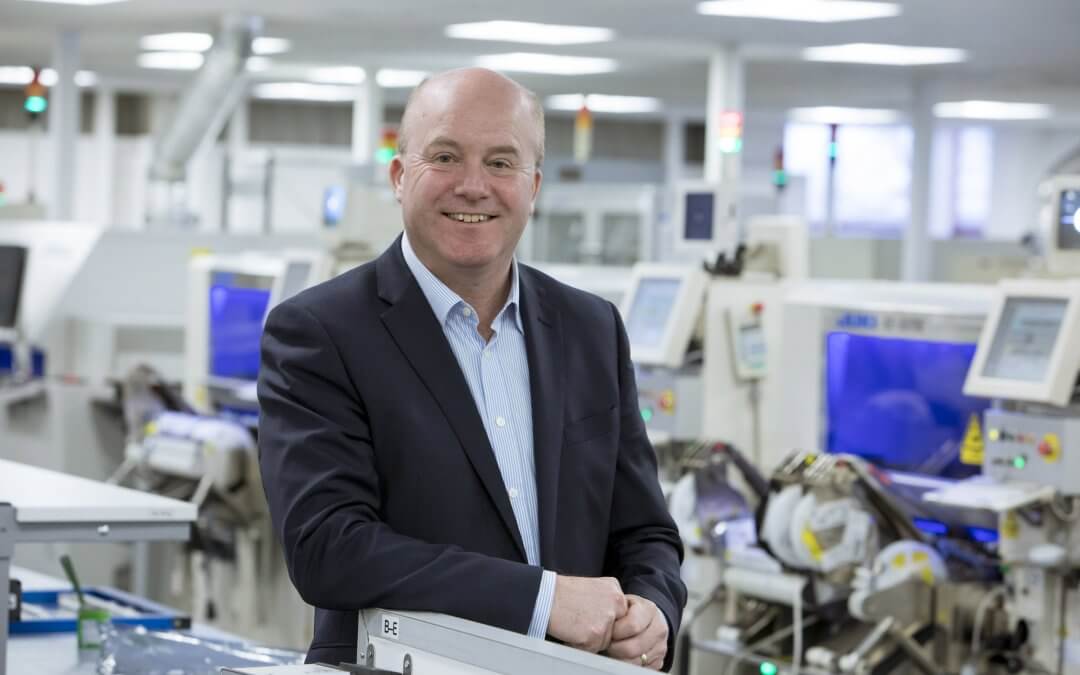Announcement follows the EMS provider’s £7m investment from PE firm NVM
The high-tech world of electronic manufacturing has changed our daily lives and enhanced the capabilities of sectors such as medical, defence, manufacturing and aerospace.
But peek behind the innovative 21st-century tech devices and it’s still not too hard to find supply chain and manufacturing processes that continue to rely on:
- Outmoded sources of energy
- Dangerous mining practices
- Hazardous chemicals
- And products that drive consumption of our diminishing resources
Our take on this is simple:
“We conduct business in such a way as to prevent pollution, to minimise as far as is appropriate the adverse impact on the environment of our activities, and to comply with all applicable environmental legislation.”
In this article we want to go beyond this and take a look at the industry as a whole and what we all could do to minimise our impact on the environment. Some of it we are already doing – and have been for years – others are things we’d like to work together as a sector to achieve.
Hazardous materials
The Restriction of Hazardous Substances (RoHS) regulations came into force in the UK in 2006, with the aim of restricting the use of certain substances in the manufacture, import and distribution of electrical and electronic equipment.
They were further updated in 2013 to extend their protection to human health and the environment from certain materials used in manufacturing.
Yet, in its Guide to Greener Electronics, Greenpeace found that hazardous substances in devices continue to create toxic waste that endangers recyclers and harms the environment.
Substances identified included:
- Polyvinyl chloride (PVC) plastic and brominated flame retardants (BFRs) – which release highly toxic dioxins when burnt
- Phthalates – some of which are classified as hormone disrupters
- And antimony trioxide and beryllium – both potential human carcinogens
Supply chain ownership
Many of the issues here could be resolved by more thorough supply chain management. Without established and vetted relationships with suppliers it is simply not possible to know what chemicals suppliers are using, especially those chemicals such as degreasers or solvents, which do not end up in the final product.
But the issues surrounding the supply chain go deeper than just this.
Electronics manufacturing involves material and labour from almost every continent. The supply chains for a single electronic device involves hundreds of companies, in a web that must be owned and manages if it is to be working to our standards.
This is not always happening.
Increasing complexity means greater amounts of energy are required to produce each device, with 70 to 80% of the energy footprint of personal electronic devices occurring during the manufacturing phase. The manufacturing of electronics in China and Southeast Asia, where the supply chains for many companies are located remains largely powered by coal, rather than renewable energy sources.
While EMS and OEM head offices may be powered by renewable energy, this is a drop in the ocean compared to the fact that the manufacturing of many products by suppliers is where most of the GHG emissions are being generated, fuelling climate change and degrading local air quality.
Energy is not the only problem that our industry faces. Electronic devices are among the most resource intensive by weight, requiring miners to dig through 30 kilos of rock to obtain the 100 grams of minerals needed for a smartphone. This mining leaves behind toxic wastewater and soil. The cobalt used for batteries is often mined in small-scale, largely unregulated operations in the Democratic Republic of Congo (DRC). This presents both environmental and human rights concerns, as working conditions are poor and children as young as seven are often used.
Recycling and refurbishing
Recyclability for manufacture means two things: incorporating more recycled materials in place of fresh materials, and also designing products to be more easily recycled at the end of their lifecycle.
This is known as a closed-loop production system.
And it’s one where a lot of work is still needed.
Worldwide e-waste volumes have exceeded 65 million metric tons per year in 2017 and only 16% of global e-waste volumes are estimated to be recycled in the formal sector, despite the valuable materials contained within. According to the United Nations, much e-waste ends up at informal recyclers and is handled in ways that damages workers’ health and the environment.
The most sustainable electronic device is the one you already have.
In this sense, the best way we can improve resource efficiency is to:
- Make more durable products
- Facilitate simple and accessible repairs
- Ensure products are upgradable
- And recycle disused products as efficiently as possible
At present devices that are recycled are usually smelted or shredded.
Yet, there are many components that could be recovered – dismantling is by far the best option for the environment to maximise the amount and variety of materials which can be recovered.
Recycling is also an issue for how our devices are packaged. Using recycled board, recyclable plastics and avoiding Styrofoam packaging is a simple way to reduce our impact on the environment.
Under the WEEE directive consumers can return any electronics product to the point of purchase and then it must be recycled responsibly. Yet it is severely under-publicised and not 100% clear how returned products are being handled.
This is a missed opportunity.
It would be the ideal way to reuse many of the valuable commodities and components contained in discarded electronics. We need a take back system that is as easy to use and accessible to consumers as their latest electronic purchase is.
In addition, devices could be remarketed as still-functional refurbished products, or more effort could be made to make repair manuals and spare parts available for consumers.
Chemigraphic’s commitment to sustainability
There are a number of ways we can help OEMs improve their sustainable manufacturing.
- Robust supply chain management
- Component selection which use more-sustainable materials- parts manufacturers will respond to market demand
- Resource efficiency
- Manufacturing systems that handle raw materials efficiently by minimising waste
- Continuing to improve the ways we capture value from waste
- Reviewing sustainable business models – to constantly improve our energy efficiency
And we’re always open to hear about ways we could all work together for future business in a sustainable world.



